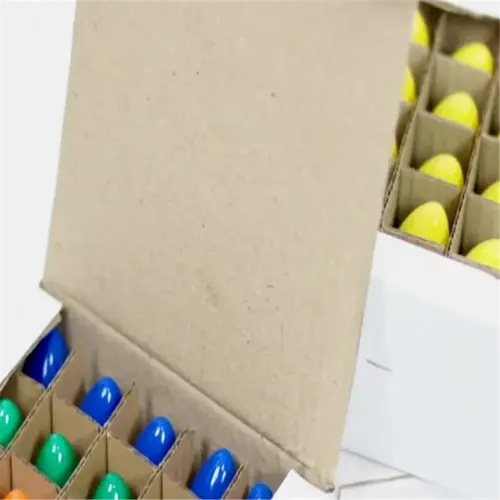What's the most reliable soil testing method for gardens?

Written by
Paul Reynolds
Reviewed by
Prof. Charles Hartman, Ph.D.Soil Testing helps distinguish between a successful garden and one that has challenges. In the early days of my career, I had a client whose roses repeatedly failed, even though the sun was perfect. Tests done at the laboratory found extreme magnesium levels. You could never have guessed that a potential problem was at the root of roses dead each year. Reliable soil testing couples professional analysis with observation and can be used to adjust hidden imbalances.
Professional Lab Testing
- Measures 12+ nutrients (NPK, calcium, sulfur)
- Identifies heavy metals like lead and arsenic
- Provides tailored amendment recommendations
DIY Soil Test Kits
- Checks basic pH and NPK levels
- Limited to 3-5 nutrients
- Best for annual maintenance between lab tests
The timing of testing affects the accuracy of the results. It is recommended to take samples six weeks before planting to allow for necessary amendments to be available. I generally test my vegetable beds every October when the temperatures are cooler, which results in stable pH readings. For lawns, I test in the spring before the grass greened up to check for salt buildup from de-icing chemicals that may have built up over winter.
Interpreting results requires context. For example, a pH of 6.5 can meet the needs of tomatoes but will harm blueberries. My client's zinc deficiency appeared dramatic until we considered the low retention of zinc in sandy soils. Combine nutrient reports with guidance from your local extension office, they can provide insight to properly interpret results consistent with regional issues such as coastal salinity or dominance of clay soils.
Keeping a tight budget? Rotate laboratory tests every three years, and in between tests, perform your do-it-yourself tests. This has saved one of my community gardens $400 annually. Monitor changes in a digital journal, state the date of the changes, the amount of rainfall, and how crops responded to the rainfall, as you will notice changes that will not come from a single test.
Read the full article: How to Test Soil: 7 Essential Steps for Healthy Gardens

